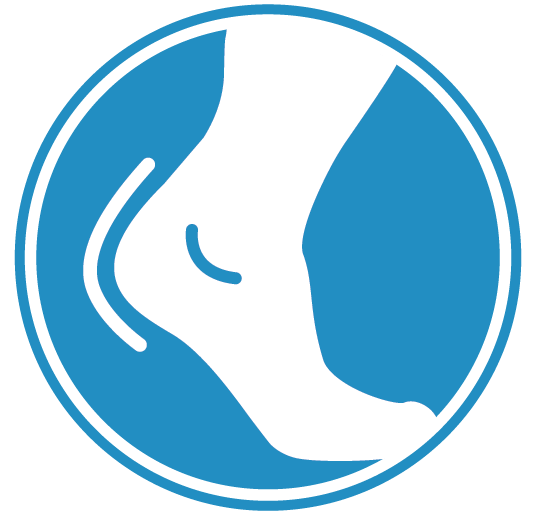5 Golf Injuries We Can Prevent and Treat
August is also known as National Golf Month, so your Westfield, IN, podiatrist wants to help keep foot and ankle injuries from ruining your game! There are two different types of injuries we usually see with golf players: sudden (acute) problems, and ones that build slowly over time. (We call these overuse injuries.)
Now, overuse injuries are more common, because playing golf involves hours of repetitive motions. Everything from your golf swing to walking the course in cleats can take a toll on your joints and muscles. And, without proper care, that can add up to painful injuries such as the ones we’ll review in today’s post.
5 Common Golf-related Overuse Injuries
All of these overuse and acute injuries are common for golf players. But we can prevent them with proper form, rest days and additional support for your feet.
1. Neuromas develop when scar tissue presses on a nerve in your foot, causing pain. Tight golf shoes can contribute to this problem, because they can pinch your feet and put constant pressure on your nerves. But we can help prevent neuroma development by supporting your feet with orthotics. And, if pain develops, we can help with pain medications, injections, MLS Laser Therapy or, in some cases, surgery.
2. Achilles tendinitis is an overuse injury that’s often related to tight calf muscles. Walking along with braking and driving your golf cart can strain those muscles, leading to pain and inflammation. Stretching your calf muscles, before and after your game, rest, ice and anti-inflammatory medications can help you manage tendinitis.
3. Sprained ankles are acute injuries you could develop walking the golf course or even while rotating your ankles for a golf swing. You should never try to walk off a sprained ankle. Instead, come see Dr. David Sullivan immediately. Once we’ve ruled out any other injuries, rest, ice, compression and elevation (RICE) will heal your injury.
4. Bruised nails are another injury golf cleats could trigger. You’ll notice a problem if your nail turns black, or if it becomes painful to the touch. If we catch a nail injury early, we should be able to treat the problem and save your nail. But if your nail falls off, we can help ensure that your new nail grows in properly so you avoid future discomfort.
5. Ingrown nails could also be a golf injury. Even if your nails don’t show signs of bruising, banging into the end of your hard golf cleats can change the direction of your nail growth. If you have an ingrown nail, you may notice the skin around your nail is tender. It could also turn red or even develop pus. If you see any of these symptoms, it’s very important not to treat the nail yourself. The only way to safely treat an ingrown toenail is to trim it in the sterile environment of our podiatry practice. Otherwise, you risk introducing germs to the area, which could make your infection worse and increase your pain.
Ankle, foot and toe injuries can put your golf game on pause. Here at Westfield Foot and Ankle, we want to help you stay in the game (without any pain!) For that reason, call us at the first sign of an injury. We’ll get you in for an immediate appointment, so you can get back on the green as soon as possible.


